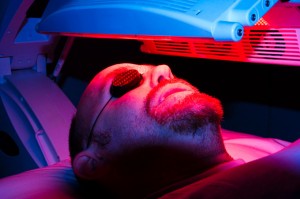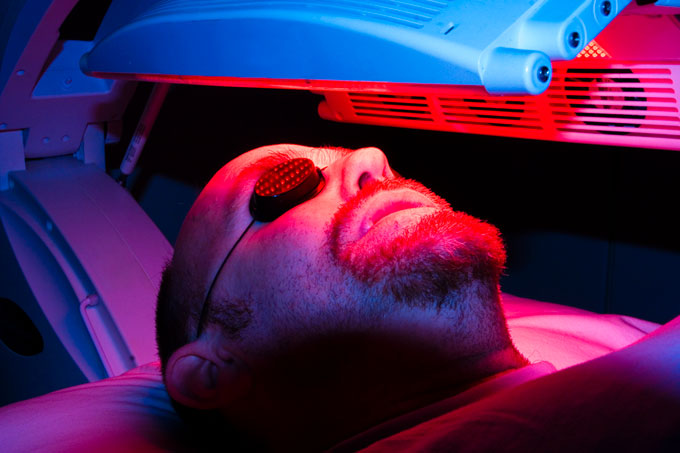Educating Medical Experts about the Promise of Photodynamic Therapy
The ongoing evolution of modern medicine depends in large part on teaching physicians and medical researchers about how to assess new tools and strategies for treating various diseases. To this end, scientists from Paracelsus Medical University in Salzburg, Austria, recently published a tutorial on how to experimentally identify and test novel photsensitizers (light-sensitive drugs) for the photodynamic therapy (PDT) of cancer and infectious diseases. These agents are able to concentrate in diseased tissue or abnormal cells, ultimately destroying or altering those cells upon exposure to light.
The Salzburg tutorial offers practical, step-by-step instructions for identifying these novel photosensitizers. (Examples of such novel agents may be found HERE.) The process of identification begins with a study of the chemical and physical properties of the photosensitizer, as well as other factors such as its uptake by cells and its specific photodynamic action in both tumor cells and microbes. They propose a stepwise characterization of the most salient photodynamic features of a new drug in order to determine its therapeutic potential.
Along with providing guidelines for assessing the photodynamic action of drugs in tumor cells, the authors devote careful attention to the issue of PDT for overcoming various types of infections. One key focus in this regard is bacterial biofilms, now regarded as a critical factor in the persistence of infectious diseases. The Salzburg group cites the photodynamic inactivation (PDI) of microorganisms as an extremely promising future direction for the treatment of infectious diseases.
“The natural behavior of microorganisms is to grow as a biofilm rather than as free-floating cells,” the report states. “It is generally accepted that biofilms represent the leading cause of microbial infections. One of the main consequences of the biofilm mode of growth is the increased resistance to antimicrobial therapy, resulting in recurrent or persistent infections leading to treatment failure.” The authors go on to point out that it is necessary to evaluate the efficacy of photosensitizers against these biofilms.
Until now, PDI has been mainly used in the treatment of localized infections of the skin, wounds, infections of the oral cavity, infections related to periodontitis, and endodontitis as well as infection of the middle ear—all parts of the body relatively accessible for photodynamic treatment applications and illumination of the target area. The Salzburg group suggests that PDI may someday emerge as an additional approach in the future or at least as a substitute for standard antibiotic treatment.
In their conclusion, the authors state that they “hope that this tutorial will motivate researchers of all disciplines to get involved in photodynamic therapy and photodynamic inactivation and thereby help to further expand the convincing benefits of photodynamic procedures to new fields of applications.” The full tutorial was published online in the 16 May 2013 issue of BioMed Research International, an annual publication of the Hindawi Publishing Corporation.
Support us by buying our book, The Medicine of Light, and ebooks from our Photoimmune Discoveries eBook Series.
Source
Kiesslich T, Gollmer A, Maisch T, Berneburg M, Plaetzer K. A comprehensive tutorial on in vitro characterization of new photosensitizers for photodynamic antitumor therapy and photodynamic inactivation of microorganisms. Biomed Res Int. 2013: 840417. Epub 2013 May 16.
© Copyright 2013, Photoimmune Discoveries, BV






 English
English Français
Français Deutsch
Deutsch Nederlands
Nederlands